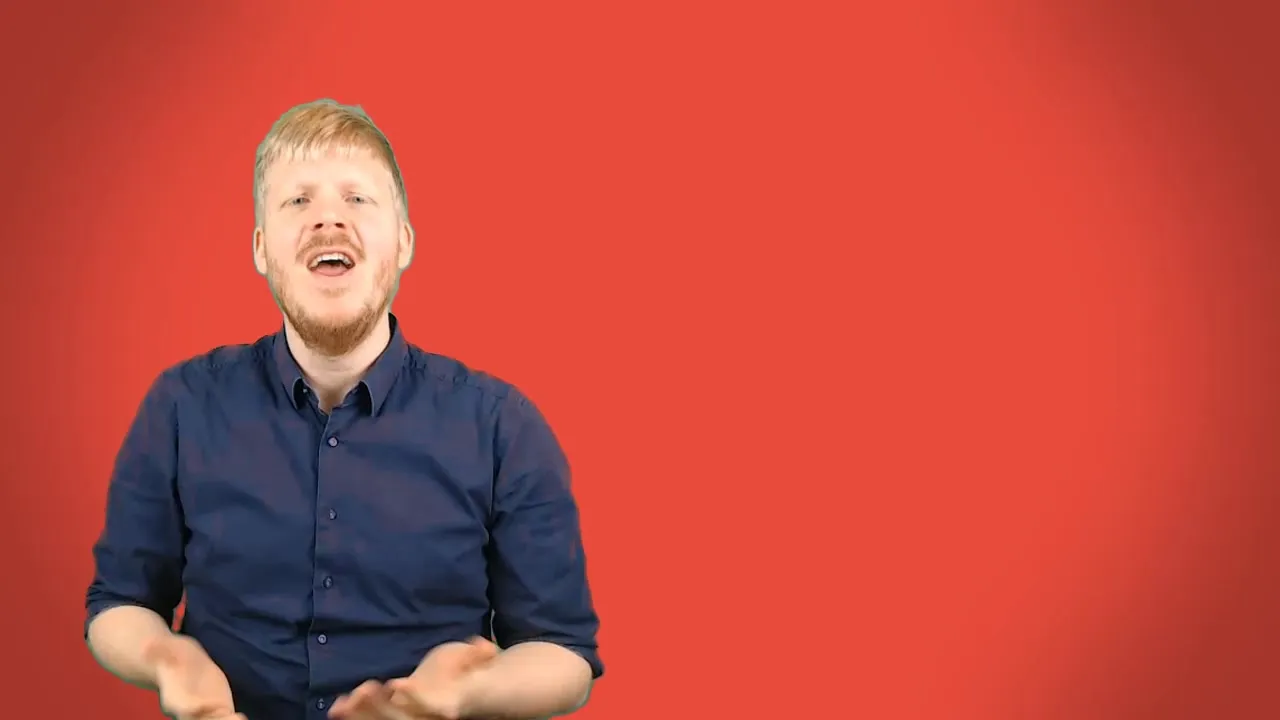When you write texts, the art of the headline can be crucial to the success of your content. Headlines are not just a simple element of your texts, but rather the first point of contact for your readers. They determine whether someone is attracted to read your text or not. This guide shows you how to formulate engaging and effective headlines that both spark curiosity and provide clear information.
Main insights
- Headlines are crucial for guiding readers.
- They should clearly and accurately reflect the content and must not mislead.
- Creative formulations such as imagery, contrasts, and provocative questions increase attention.
Fundamentals of Headline Creation
What Makes a Good Headline
Before you dive into the details of writing headlines, it is important to understand their intended function. A headline serves as a kind of orientation for your readers. It announces what will be addressed in the text and gives a first impression of the contents. This means that a headline should not only stand out but also provide accurate and valuable information.

Classic Headline: The "Who Does What?" Technique
To create a solid foundation for your headline, you can orient yourself to the most classic of all methods: the "Who does what?" question. This structured approach is particularly suitable when you want to be informed clearly and factually. If you lack ideas, this technique is a helpful way to arrive at a headline straightforwardly and effectively.
Creative Techniques for Headline Formation
Imagery and Metaphors
One way to make your headlines more appealing is to use imagery and metaphors. They provide a visual representation and reinforce your message. For example: instead of writing "The Best Tips for Athletes," you could phrase it as "The Golden Rules of Training." This appeals to the readers' imagination and generates curiosity.
Using Contrasts
Contrasts have the power to attract attention. Think of exaggerations or understatements. Phrases like "Expensive Gifts and Cheap Tricks" or "Innovative or Old-fashioned?" directly highlight the tension and captivate readers who might be interested in your message.
Alliterations and Sound Figures
Another means of making headlines more memorable is the use of alliterations or other sound figures. An example could be "Mafia and Power Ships," which sticks in memory due to its sonic appeal. Such stylistic devices not only make your headline unique but also memorable.
References to Pop Culture
References to well-known movies, songs, or books often attract the interest of readers. Example: "I see you in the eyes, Voter." Such a headline directly addresses emotions and is immediately understandable, making it additionally effective.
Provocative Questions
Remember to involve your readers directly or indirectly in a discussion. Provocative questions like "Are you still living or already living?" prompt readers to think and take action. This technique can significantly increase interaction with your text.
Additional Tips for Headline Creation
Clarity over Creativity
It is important that clarity takes precedence in headline writing. Your headline should not only be interesting, but also comprehensible. Avoid experimenting too much with novel terms, as a clear and understandable statement is fundamental to success.
Avoid Repetitions
Make sure you do not repeat yourself too much or write clumsily while writing. Clear expressions that are also creative make your text more appealing. With these tips, you will be able to formulate high-quality headlines.
Use Familiar Words
Familiar words help to immediately engage readers. Any jargon or complicated expressions should be avoided unless necessary. Use language that your target audience understands and can identify with.
Originality is Important, but Not Everything
Ideas and inspiration are important, but understandability should always remain a top priority. A unique headline is desirable, but it can only fulfill its function if it is also clear and unambiguous.
Summary – Formulating Headlines: How to Succeed
By understanding the fundamental principles and techniques of headline writing, you can significantly improve your texts. Get to know the different methods and experiment with creative expression to formulate headlines that are both engaging and informative. A successful headline should clearly reflect the content and provide orientation, as it is the first thing your readers perceive.
Frequently Asked Questions
How important are headlines for my texts?Headlines are crucial because they determine whether readers show interest in your text or not.
What are good techniques for headlines?Techniques such as imagery, contrasts, alliterations, and provocative questions are effective.
How can I ensure clarity in my headlines?Use familiar words and avoid complexity to ensure that everyone understands the headline.
What should I avoid when writing headlines?Avoid repetitions and misleading information, as these can undermine the reader's trust.
How often should I revise my headline?It is advisable to revise the headline multiple times to ensure it is clear and appealing.


